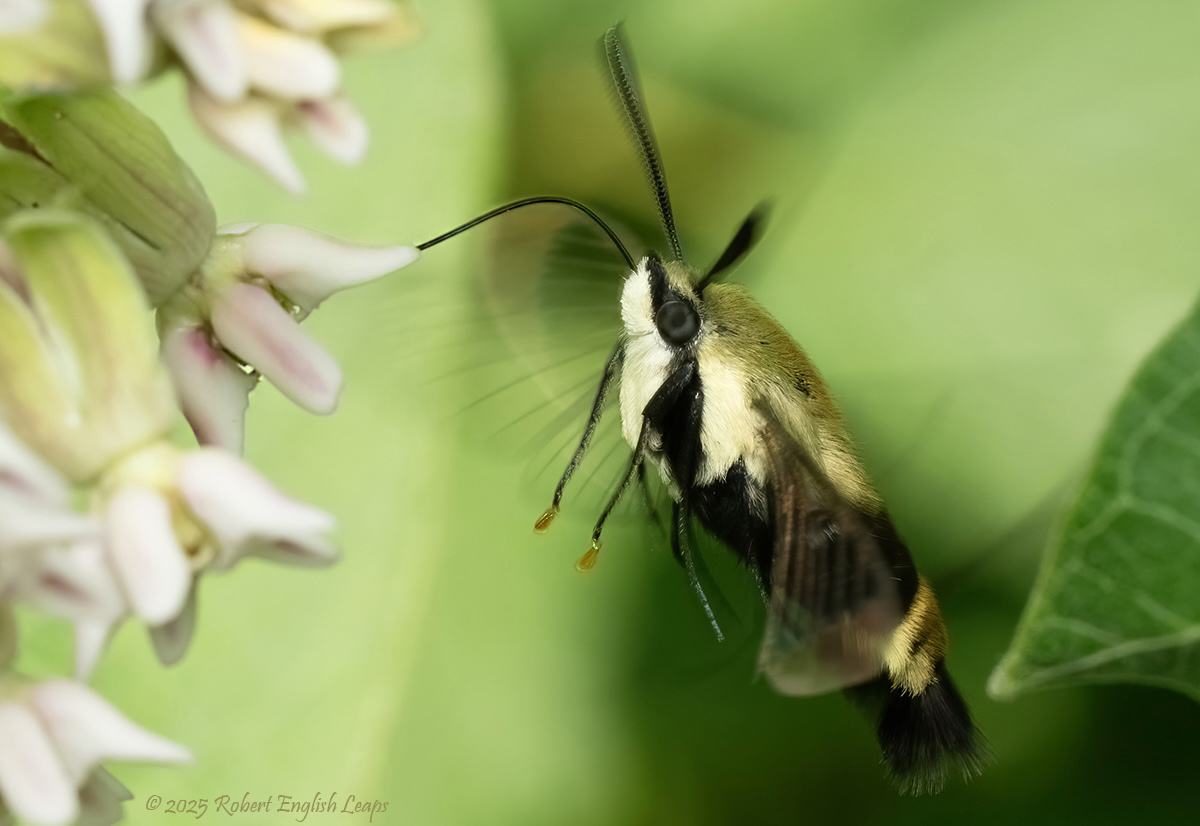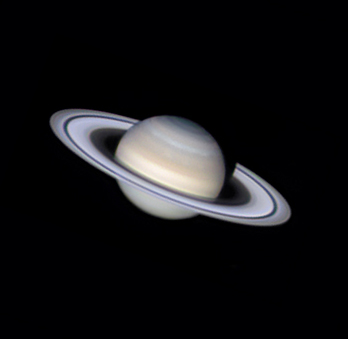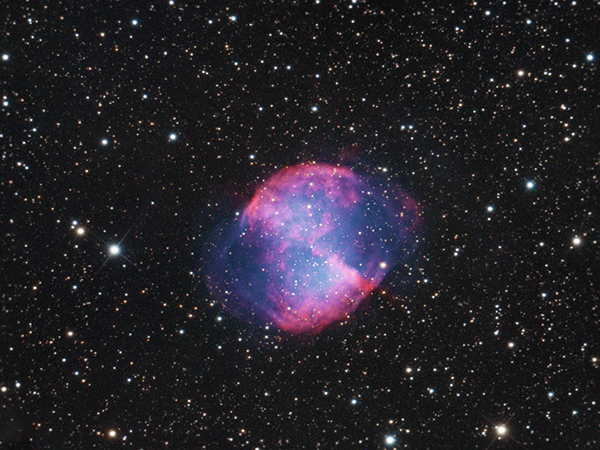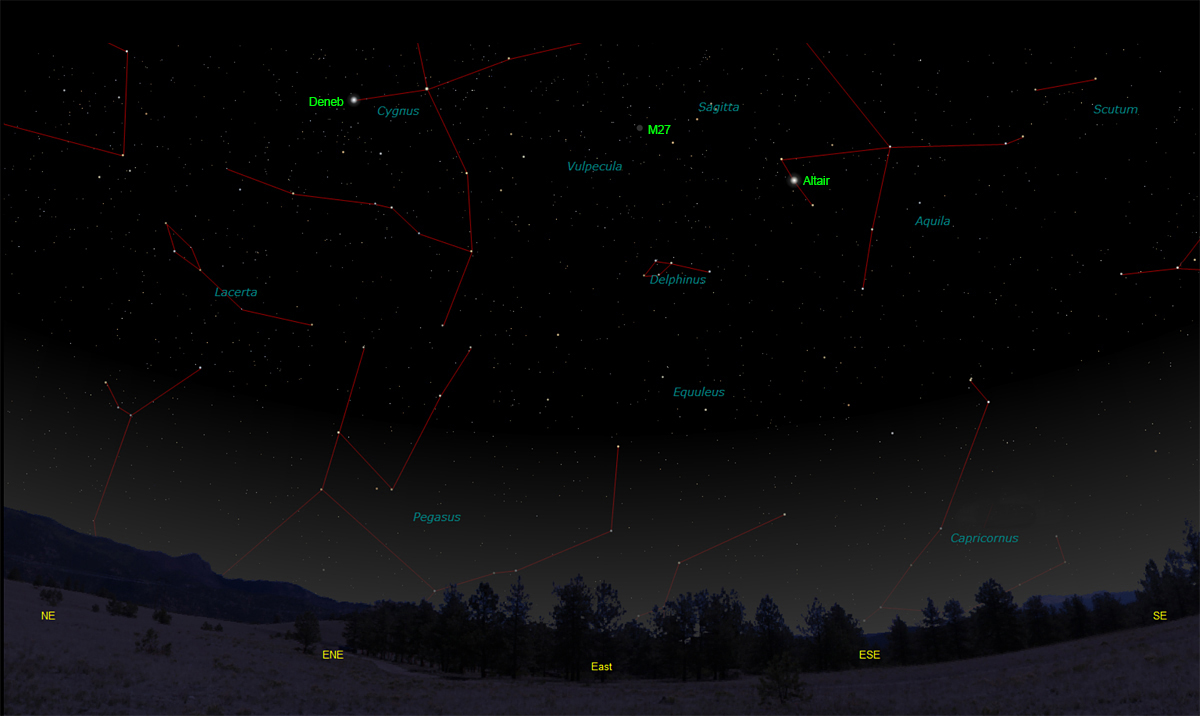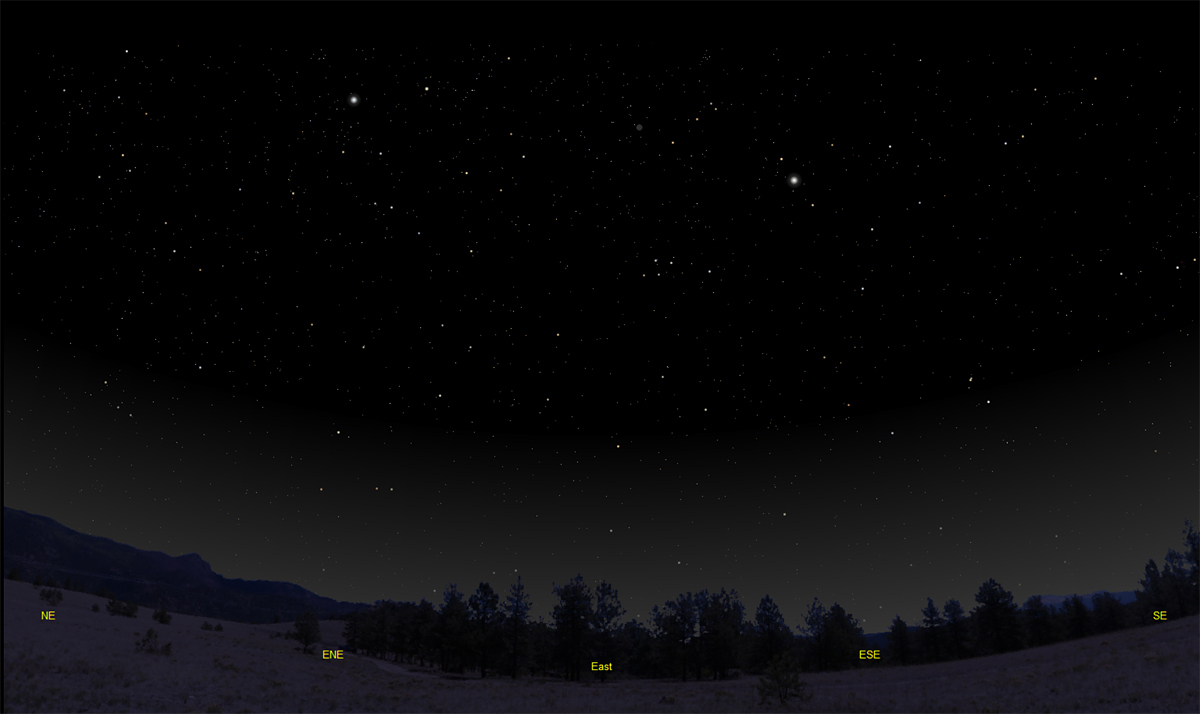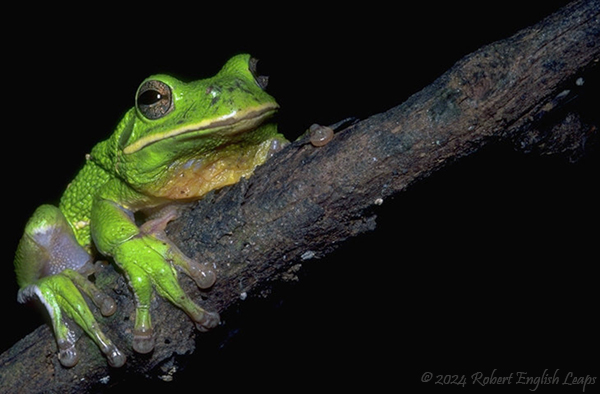The purpose of this feature is to give scout leaders, educators and naturalists an idea of some of the natural events coming up each month. We will try to cover a variety of natural events ranging from sky events to calling periods of amphibians, bird and mammal watching tips, prominent wildflowers and anything else that comes to mind. We will also note prominent constellations appearing over the eastern horizon at mid-evening each month for our area for those who would like to learn the constellations. If you have suggestions for other types of natural information you would like to see added to this calendar, let us know! Though we link book references to nationwide sources, we encourage you to support your local book store whenever possible.
Notes and Images From June 2025 In early June we came across yet another species enjoying our milkweed flowers. On June 3rd two Snowberry Clearwings, members of the hummingbird moth group, visited our wildflower plot. They were there only that one morning.
Though significantly smaller, they resemble hummingbirds both in appearance and behavior. Both feed on the nectar of flowers, both hover while feeding. Flight patterns are similar and even have similar number of wing beats per second, though the hummingbird's wings are a little faster. Both use a stubby tail which they pump to maintain control while hovering, with the hummingbird's feathers being replaced by setae made of chitin in the moth. Hummingbirds and the hummingbird moth group are often cited as an example of convergent evolution. Convergent evolution is the process in which organisms that are not closely related independently evolve similar features. In this case both species have evolved to thrive on the nectar of flowers. The fact that these moths resemble hummingbirds may also help protect them from avian predators. The Snowberry Clearwing takes its name from the Snowberry (Symphoricaposem ssp) which is one of its preferred larval host plants. Other known larval host species include horse gentians, vibernums, honeysuckles, blueberries, eastern bluestar and dogbanes. Adult moths feed upon nectar, with Milkweed and Bee Balm being particularly favored.
Peak numbers for the adults occur from June through August. Note the dark legs on the adult above. The other hummingbird moth we normally get here is the Hummingbird Clearwing, Hemaris thysbe. It has pale legs and more reddish chestnut on the wings.
Sky Events for July 2025: The Earth is at aphelion, its farthest distance from the Sun for the year, on July 3rd. Morning Sky:
Evening Sky: Mars is only about 25 degrees above the western horizon at dusk in Leo at the beginning of the month. It is fading fast now. Mercury should still be visible in the western sky this month after sunset. Try looking for it about 30 minutes after sunset not very high over the western horizon. Binoculars will help you spot it. An app like Sky Safari will help you look in the right place.
Constellations:
New constellations this month in the eastern sky are Lyra, the Lyre, with its bright star Vega, Cygnus, the Swan, and Aquila, the Eagle. The bright stars Vega, Deneb and Altair form the "summer triangle." Trace out the stars of Cygnus the Swan. Albireo, the star that is at the beak of the Swan, is a beautiful double star, with the two components glowing gold and indigo. The brighter star is the gold one. If you look about halfway between Albireo and the bright star Altair, in Aquilla, you will find the stars of the little constellation of Sagitta, the Arrow. Look to the left of the tip of the arrow for 5 faint stars that form an "M" shape. Next to the center star of the "M" you will see a small, dim glow in binoculars which marks the location of Messier 27, the Dumbell Nebula. In a telescope in dark skies you will see some of the structure that you see in the image above, but without the bright colors. Only a greenish tint is seen in small telescopes. The location of M27 is also shown on the sky chart below. I made the image above on the 4th of July in 2014 from Franklin, Tennessee. It was fun because some parts of the sky was lit by man-made fireworks, while I had my own more subdued light show in Messier 27.
On Learning the
Constellations: Try learning a few constellations each month, and then following them through the seasons. Once you associate a particular constellation coming over the eastern horizon at a certain time of year, you may start thinking about it like an old friend, looking forward to its arrival each season. The stars in the evening scene above, for instance, will always be in the same place relative to the horizon at the same time and date each July. Of course, the planets do move slowly through the constellations, but with practice you will learn to identify them from their appearance. In particular, learn the brightest stars (like Deneb and Altair in the above scene), for they will guide you to the fainter stars. Once you can locate the more prominent constellations, you can "branch out" to other constellations around them. It may take you a little while to get a sense of scale, to translate what you see on the computer screen or what you see on the page of a book to what you see in the sky. Look for patterns, like the stars that make up the constellation Cygnus. The earth's rotation causes the constellations to appear to move across the sky just as the sun and the moon appear to do. If you go outside earlier than the time shown on the charts, the constellations will be lower to the eastern horizon. If you observe later, they will have climbed higher. As each season progresses, the earth's motion around the sun causes the constellations to appear a little farther towards the west each night for any given time of night. If you want to see where the constellations in the above figures will be on August 15th at 10:00pm CDT, you can stay up till 12:00am CDT that night and get a preview. The westward motion of the constellations is equivalent to two hours per month. Recommended: Sky & Telescope's Pocket Star Atlas is beautiful, compact star atlas. A good book to learn the constellations is Patterns in the Sky, by Hewitt-White. For sky watching tips, an inexpensive good guide is Secrets of Stargazing, by Becky Ramotowski.
A good general reference book on astronomy is the Peterson
Field Guide,
A Field Guide to the Stars and Planets, by Pasachoff. The book retails for around $14.00.
The Virtual Moon Atlas is a terrific way to learn the surface features of the Moon. And it's free software. You can download the Virtual Moon Atlas here. Apps: The Sky Safari 6 basic version is free and a great aid for the beginning stargazer. I really love the Sky Safari 6 Pro. Both are available for iOS and Android operating systems. There are three versions. The Pro is simply the best astronomy app I've ever seen. The description of the Pro version reads, "includes over 100 million stars, 3 million galaxies down to 18th magnitude, and 750,000 solar system objects; including every comet and asteroid ever discovered." You may also want to try the very beautiful app Sky Guide. Though not as data intensive as Sky Safari, Sky Guide goes all out to show the sheer beauty of the night sky. Great for locating the planets. A nother great app is the Photographer's Ephemeris. Great for finding sunrise, moonrise, sunset and moonset times and the precise place on the horizon that the event will occur. Invaluable not only for planning photographs, but also nice to plan an outing to watch the full moon rise. Available for both androids and iOS operating systems.
Amphibians:
Recommended: The Frogs and Toads of North America, Lang Elliott, Houghton Mifflin Co.
Archives (Remember to use the back button on your browser, NOT the back button on the web page!) Natural Calendar February 2025 Natural Calendar December 2024 Natural Calendar November 2024 Natural Calendar September 2024 Natural Calendar February 2024 Natural Calendar September 2023 Natural Calendar February 2023 Natural Calendar September 2022 Natural Calendar February 2022 Natural Calendar December 2021 Natural Calendar November 2021 Natural Calendar September 2021 Natural Calendar February 2021 Natural Calendar December 2020 Natural Calendar November 2020 Natural Calendar September 2020 Natural Calendar February 2020 Natural Calendar December 2019 Natural Calendar November 2019 Natural Calendar September 2019 Natural Calendar February 2019 Natural Calendar December 2018 Natural Calendar February 2018 Natural Calendar December 2017 Natural Calendar November 2017 Natural Calendar October 2017Natural Calendar September 2017 Natural Calendar February 2017 Natural Calendar December 2016 Natural Calendar November 2016 Natural Calendar September 2016Natural Calendar February 2016 Natural Calendar December 2015 Natural Calendar November 2015 Natural Calendar September 2015 Natural Calendar November 2014 Natural Calendar September 2014 Natural Calendar September 2013 Natural Calendar December 2012 Natural Calendar November 2012 Natural Calendar September 2012 Natural Calendar February 2012 Natural Calendar December 2011 Natural Calendar November 2011 Natural Calendar September 2011 Natural Calendar December 2010 Natural Calendar November 2010 Natural Calendar September 2010 Natural Calendar February 2010 Natural Calendar December 2009 Natural Calendar November 2009 Natural Calendar September 2009 Natural Calendar February 2009 Natural Calendar December 2008 Natural Calendar November 2008 Natural Calendar September 2008 Natural Calendar February 2008 Natural Calendar December 2007 Natural Calendar November 2007 Natural Calendar September 2007 Natural Calendar February 2007 Natural Calendar December 2006 Natural Calendar November 2006 Natural Calendar September 2006 Natural Calendar February 2006
Natural Calendar December 2005
Natural Calendar November 2005
Natural Calendar September 2005
Natural Calendar February 2005
Natural Calendar December 2004
Natural Calendar November 2004
Natural Calendar September 2004
Natural Calendar February 2004
Natural Calendar December 2003
Natural Calendar November 2003 Natural Calendar February 2003 Natural Calendar December 2002 Natural Calendar November 2002 Nature Notes Archives: Nature Notes was a page we published in 2001 and 2002 containing our observations about everything from the northern lights display of November 2001 to frog and salamander egg masses. Night scenes prepared with The Sky Professional from Software Bisque All images and recordings © 2025 Leaps
|
|
rs650ioscra.jpg)
